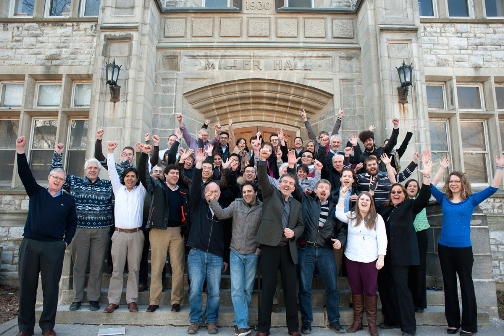An optimist’s guide to the rust belt revival
For years the dominant narrative about the American rust belt has been one of decline and decimation — a once-thriving industrial core turned into a dystopian wasteland by the winds of free trade and persistent undercutting by China.
But in The Smartest Places on Earth, former financier Antoine van Agtmael and journalist Fred Bakker make a courageous case for an alternative vision. What if the real story of the rust belt these days is one of reinvention? What if we ought to consider these regions “the emerging hotspots of global innovation”?
It is a courageous argument because it goes against the political grain in America. Eight years after the global financial crisis, the US is reaping the political damage of not just the crisis but also of the decades-long economic patterns blamed for hollowing out the manufacturing sector and the middle class.























